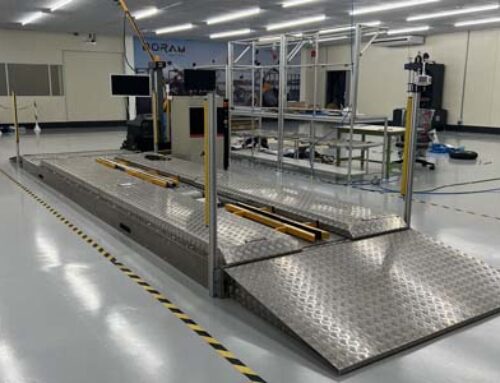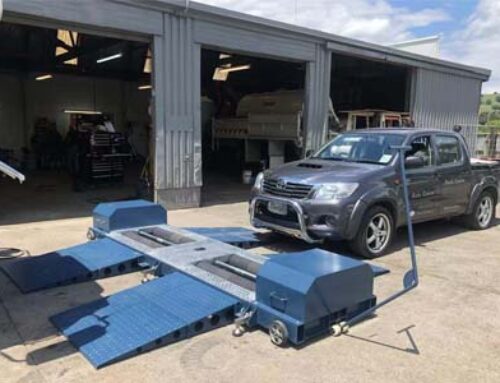In Europe, CITA (International Motor Vehicle Inspection Committee) commissioned the Federal Highway Research Institute (Germany) to carry out a project called “Necessity Analysis of Electric Vehicle Safety Cycle Inspection”, and the latter submitted a summary report to CITA in May 2013, for electric vehicles and hybrid vehicles, the annual inspection items and contents that need further research and demonstration at the national level mainly include:
1. Inspection of some high-voltage components
Mainly include power batteries, motors, voltage converters, high-voltage wiring harnesses and connectors, high-pressure air compressors, high-voltage heating machines, etc. The failure of high-voltage components can easily lead to functional failure, short circuit, medium leakage, and component overheating. For the detection of the above content, it is necessary to research and develop special equipment, and propose a method of inspection. The temporarily available detection method proposed by the German Federal Highway Research Institute is: through the instrument panel or an external portable computer, to detect the function of the vehicle battery management system; through the instrument panel or an external portable computer, to detect whether the new energy vehicle dashboard The connection is disconnected, resulting in no display.
2. Inspection of the braking system
Due to the frequent use of the braking energy recovery system in new energy vehicles, it is easy to cause uneven force on the braking system or rust due to less use of the brake drum/disc. It is recommended to pay special attention to the inspection of the braking system during the annual inspection.
3. Testing of energy recovery systems
When coasting or braking, the new energy vehicle will recover energy. It is recommended to check the function of the energy recovery system under the rated voltage.
4. Inspection of power battery cooling system
In order to prevent the power battery from overheating, it is recommended to check the effectiveness of the power battery cooling system (mainly the fan), including whether the function and rotation speed are compliant and effective.
5. Charging system detection
Visually inspect the charging connector, etc. for damage. Test if the vehicle fails to start (forward or reverse) when the charging connector is connected to the charging station.







